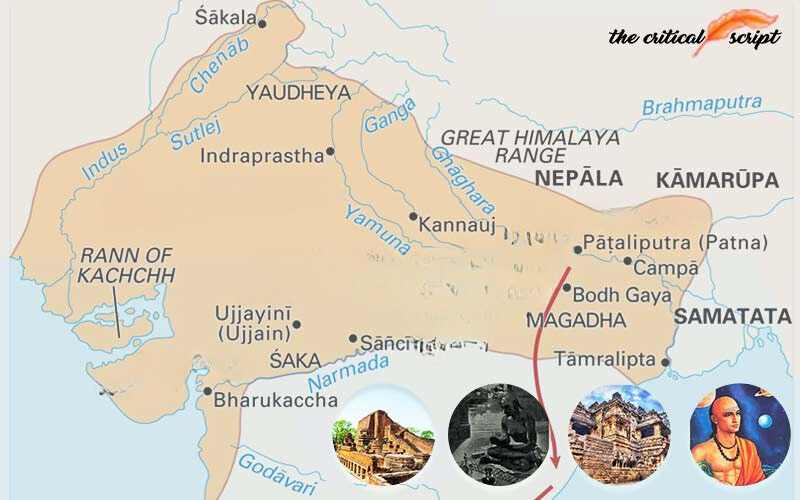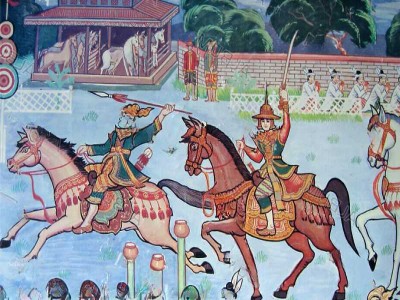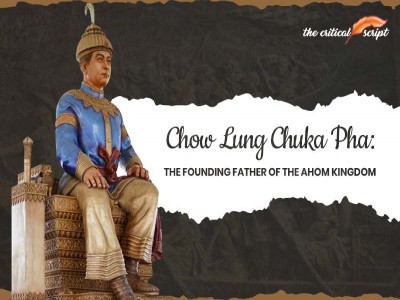
The Gupta Dynasty: The Golden Age of India
The Gupta Dynasty, ruling from approximately 320 to 550 CE, is often celebrated as the Golden Age of India and this period witnessed unparalleled advancements in various fields, marking a zenith in Indian cultural, intellectual, and economic history. The Gupta Empire's legacy endures, embodying an era of remarkable progress and enduring achievements.
Establishment and Expansion
The Gupta Empire was founded by Sri Gupta around 320 CE, but it was his successors, particularly Chandragupta I, Samudragupta, and Chandragupta II (Vikramaditya), who expanded the empire and consolidated its power. Chandragupta I's strategic matrimonial alliances and military conquests set the stage for the empire's expansion. His son, Samudragupta, known as the "Napoleon of India," extended Gupta's influence through a combination of diplomacy and military prowess, creating a vast and diverse empire.
Political and Administrative Reforms
The Gupta rulers established a well-organized administrative system, which facilitated efficient governance. The empire was divided into provinces, each managed by governors appointed by the emperor. The Guptas maintained a decentralized administration, allowing local leaders to retain a degree of autonomy while ensuring loyalty to the central government. This balance of power promoted stability and fostered a conducive environment for economic and cultural growth.
Economic Prosperity
The Gupta period was marked by significant economic prosperity. Agriculture thrived due to improved irrigation techniques and the fertile Gangetic plains. Trade and commerce flourished, both within the empire and with distant regions such as Southeast Asia, China, and the Mediterranean. The use of standardized coins, issued by the state, facilitated trade and commerce, contributing to economic stability.
Advances in Arts and Literature
The Gupta era is renowned for its remarkable contributions to arts and literature. Sanskrit literature flourished, with renowned poets and playwrights such as Kalidasa creating timeless works like "Shakuntala" and "Meghaduta." The period also witnessed the compilation of significant texts in various fields, including the "Puranas" and medical treatises like "Sushruta Samhita" and "Charaka Samhita." Founded the Nalanda University, a renowned center for higher learning. Became a renowned center for higher learning, attracting students from various parts of the world, including China, Korea, Japan, and Central Asia.
Architectural and Artistic Achievements
The Guptas made substantial contributions to architecture and sculpture. They built magnificent temples, characterized by intricate carvings and exquisite designs. The iconic Iron Pillar of Delhi, standing tall without rusting for centuries, is a testament to the advanced metallurgical skills of the Gupta period. Ajanta and Ellora caves, with their stunning frescoes and sculptures, showcase the artistic brilliance of this era.
Scientific and Mathematical Innovations
The Gupta period witnessed groundbreaking advancements in science and mathematics. Aryabhata, one of the most prominent mathematicians and astronomers of the time, made significant contributions to algebra, trigonometry, and the concept of zero. His work "Aryabhatiya" laid the foundation for future astronomical studies. Additionally, the decimal system, which is fundamental to modern mathematics, saw significant development during this period. Known as the "Father of Surgery," Sushruta's work "Sushruta Samhita" was written or compiled during this period. It includes detailed descriptions of surgical techniques, instruments, and procedures. It also covers various aspects of medicine, including pathology, diagnosis, and treatment.
Social and Cultural Harmony
The Gupta Empire was characterized by religious tolerance and cultural harmony. Hinduism flourished, with the construction of numerous temples dedicated to various deities. Buddhism and Jainism also received royal patronage, leading to the construction of stupas, monasteries, and viharas. This inclusive approach fostered a rich and diverse cultural milieu, promoting intellectual and spiritual growth.
Decline and Legacy
The decline of the Gupta Empire began in the late 5th century due to internal strife, administrative inefficiency, and invasions by the Huns. Despite its eventual fall, the Gupta Dynasty's contributions left an indelible mark on Indian history. The advancements in arts, science, literature, and governance during this period laid the foundations for future generations.
The Gupta Dynasty remains a shining beacon in India's historical narrative, representing an era of unparalleled growth and achievement. The Golden Age of India under the Guptas continues to inspire and resonate, reflecting the enduring legacy of a remarkable civilization.
Disclaimer: The opinions expressed in this article are those of the author's. They do not purport to reflect the opinions or views of The Critical Script or its editor.

Newsletter!!!
Subscribe to our weekly Newsletter and stay tuned.

















Related Comments